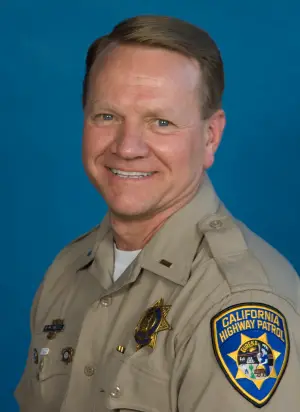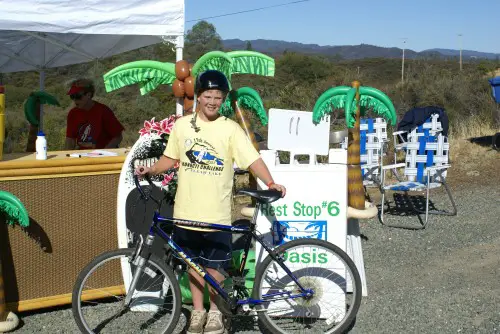- Elizabeth Larson
- Posted On
Official: Local Washington Mutual branches to stay open
There's also good news for local branches, which a company official said will remain open.
Last Thursday, the Federal Deposit Insurance Corp. – FDIC – and the government's Office of Thrift Supervision facilitated the sale of Washington Mutual to JP Morgan Chase Bank for $1.9 billion.
FDIC officials have emphasized that customer deposits are fully protected.
"For all depositors and other customers of Washington Mutual Bank, this is simply a combination of two banks," said FDIC Chairman Sheila C. Bair. "For bank customers, it will be a seamless transition.”
Bair said there would no interruption in services and, as she predicted, Washington Mutual branches around the country – including Lakeport's – have continued on, with the Washington Mutual name on the door and, until just this weekend, on the bank's Web site.
When calling Lakeport's branch, the automated phone service as well as branch employees continue to identify themselves as Washington Mutual.
The Lakeport branch forwarded all questions about operations to corporate officials.
Tom Kelly, a Chicago-based spokesman for JP Morgan Chase, told Lake County News that Washington Mutual customers will continue to see the familiar name at the bank for a long time, as the internal transition takes place.
Usually large purchases like this take months, said Kelly. But the JP Morgan Chase deal has been a whirlwind by comparison, with the bank making the bid for Washington Mutual last Wednesday night and closing the deal the next day.
“The good news for customers is, nothing changes for them,” said Kelly.
Customers – many of whom began pulling their funds before Washington Mutual was sold – are now backed by JP Morgan Chase, a $2 trillion institution, said Kelly. That, he said, amounts to a stronger base.
JP Morgan Chase also will take on some of Washington Mutual's mortgages, along with branches and bank accounts. It did not assume the company's stock or debt, Kelly added.
Washington Mutual's $1.9 billion price tag was a fraction of what it would have been had the bank been in good shape, said Kelly. He said JP Morgan Chase feels the deal is a fair one.
One of the best pieces of news for Lake County and other North Coast customers is that JP Morgan Chase plans to keep the existing Washington Mutual branches in operation, said Kelly.
That means that the 12 jobs in the Lakeport branch are safe, and jobs in other North Coast locations – Ukiah, Willits, Cloverdale, Santa Rosa and Ft. Bragg – appear secure for the time being.
JP Morgan Chase, which has branches in 17 states, has no California locations, Kelly explained, so Washington Mutual's 688 California branches proved one of its main attractions.
With the two banks coming together, Kelly said their combined resources now include a nationwide network of 14,000 ATMs and 5,400 branches.
E-mail Elizabeth Larson at This email address is being protected from spambots. You need JavaScript enabled to view it..
{mos_sb_discuss:2}










